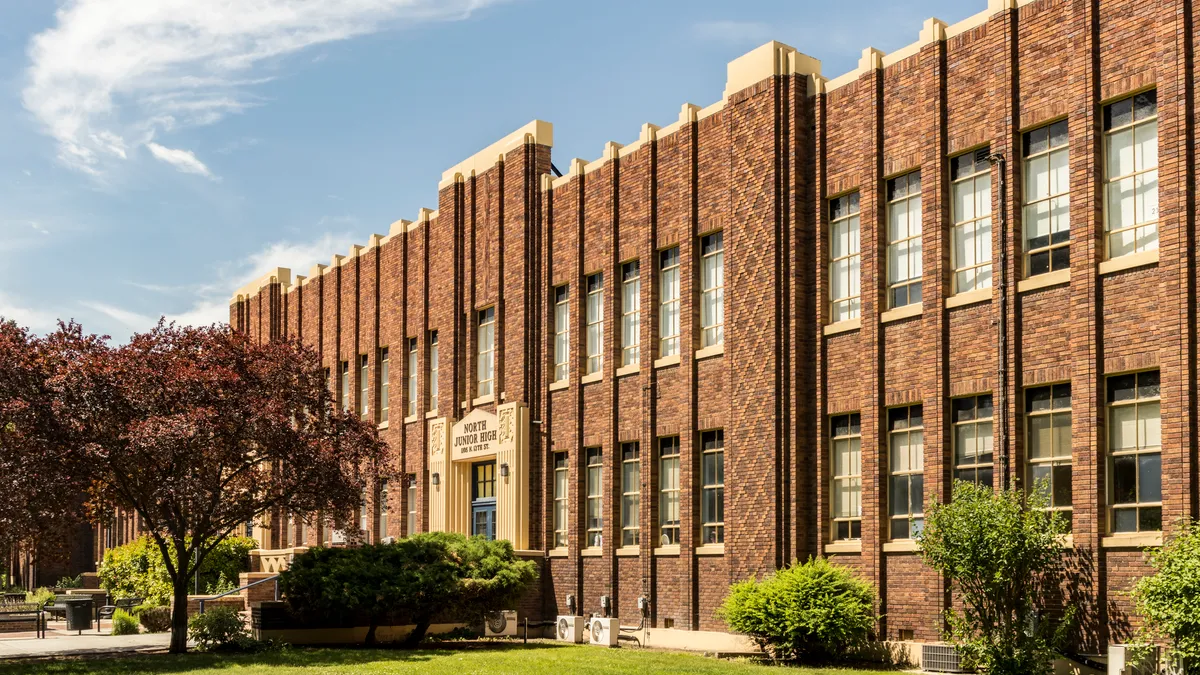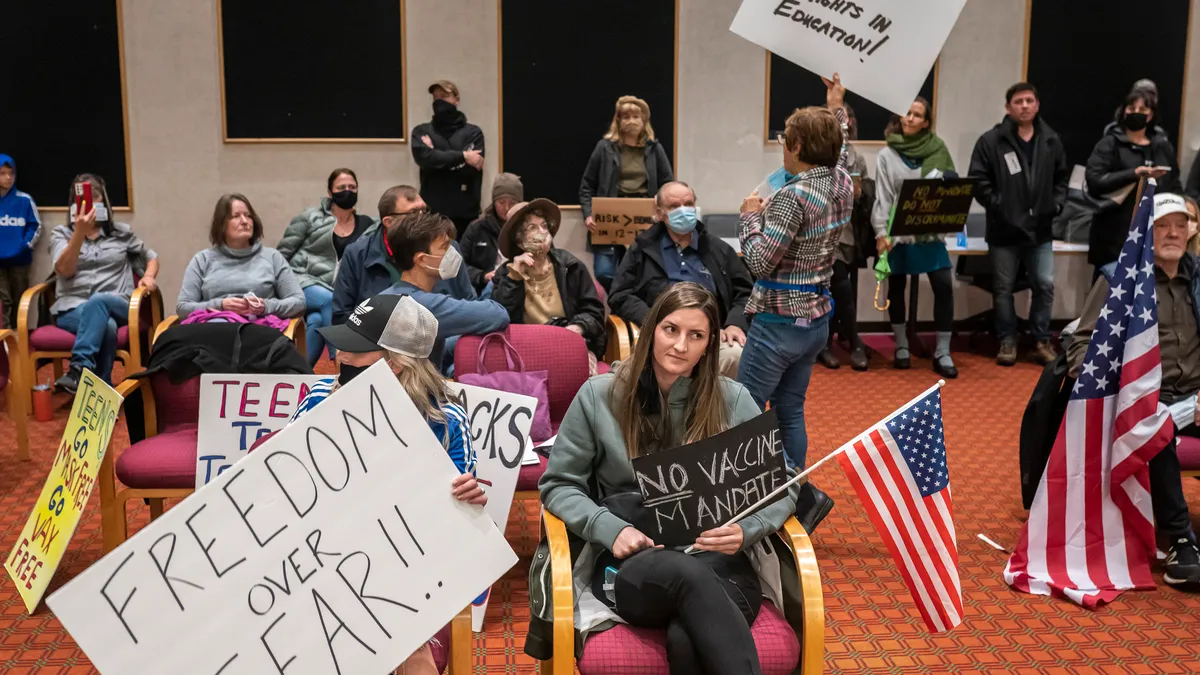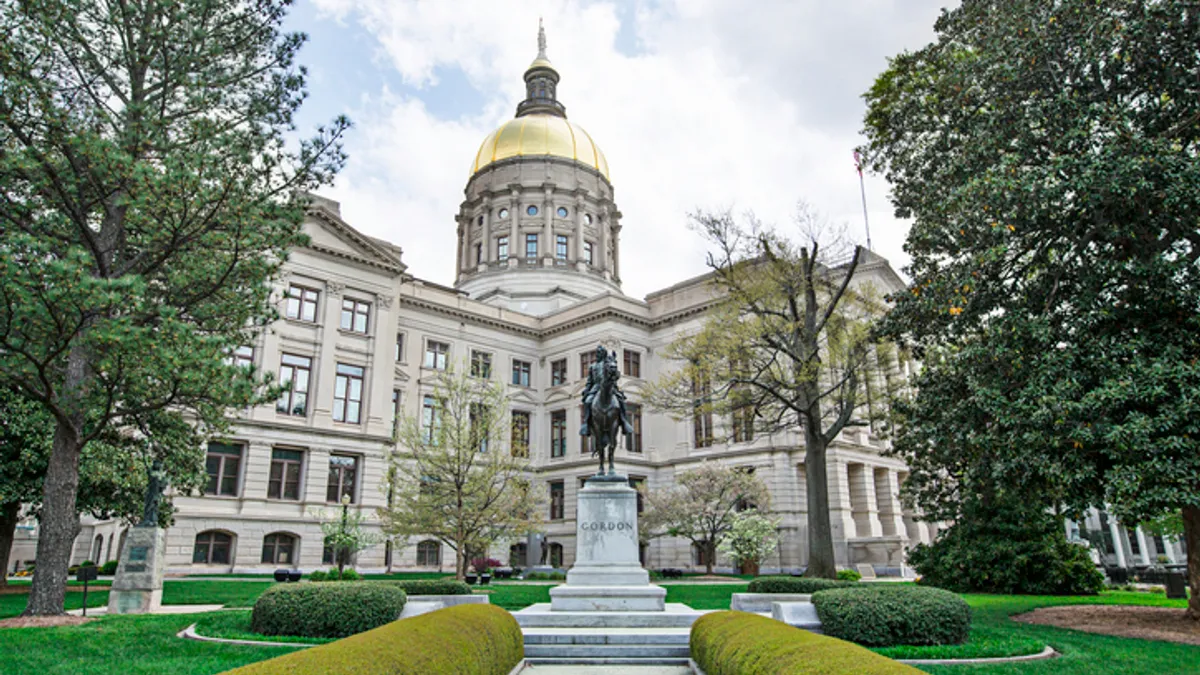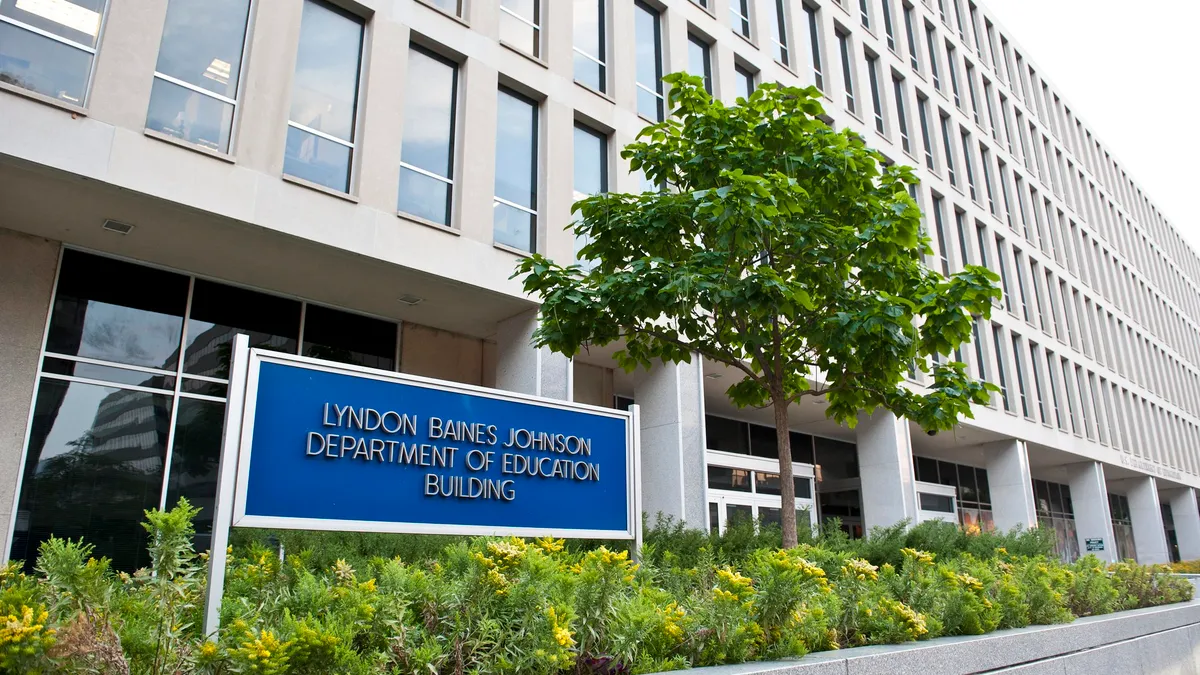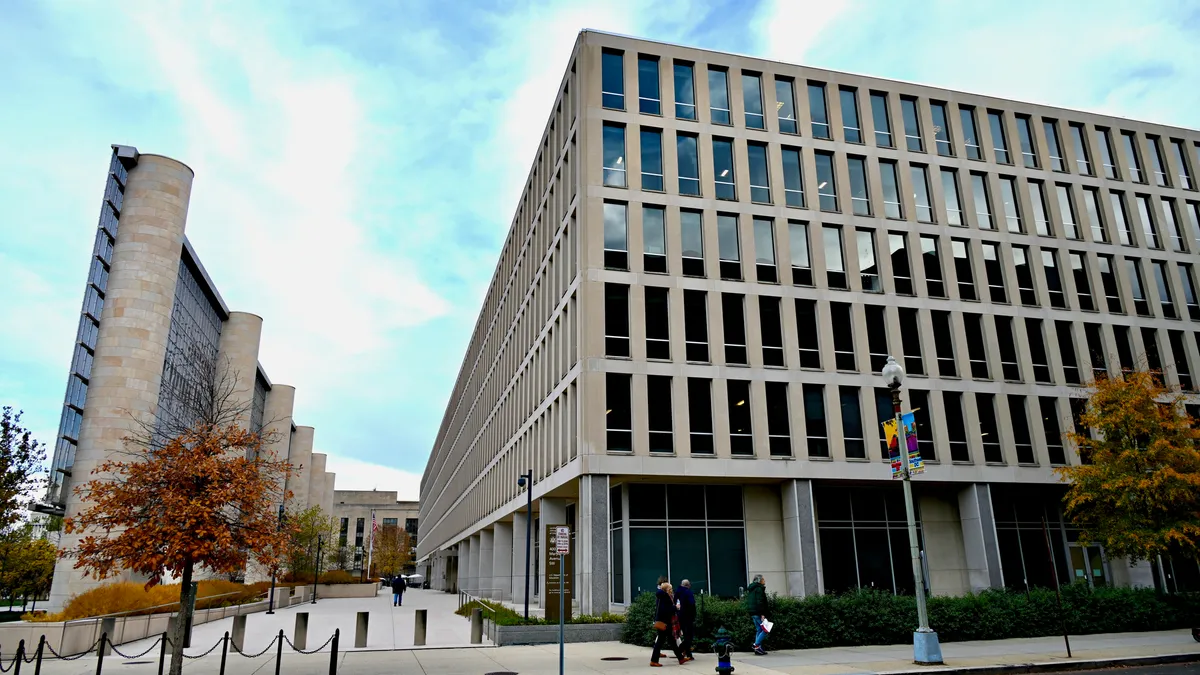Idaho Gov. Brad Little put forward a proposal on Jan. 8 that would allocate $2 billion over 10 years — $200 million per year — to help public schools repair, upgrade and replace their outdated buildings and facilities.
As part of Gov. Little’s proposal, a nearly $1.7 million bond would be distributed equally to schools across Idaho, based on average daily attendance, enabling them to channel those funds toward maintenance, expansion projects, rebuilding efforts or even to undertake future maintenance projects, according to Idaho state representative Rod Furniss.
Gov. Little’s proposal requires a 10-year maintenance program, which the state will monitor and evaluate with an aim of helping schools avoid deferred maintenance over time. Section 33-1019 of the Idaho Code requires that schools allocate funds for building maintenance equal to at least 2% of the replacement value of their school buildings less any state funds received. The code also says that a district that spends more than 4% of that replacement value in a fiscal year can have the excess credited against the 2% requirement for up to 15 years. That replacement value is determined by multiplying the square footage of school buildings more than a year old by a specified amount of $81.45.
Section 39-8006A of the state code already requires districts to submit a 10-year maintenance plan, demonstrating evidence of their compliance with state requirements. But “those plans were just filed away” due to a lack of follow-up from the legislature and the state department of education, Furniss said in an interview.
“While requiring schools to send plans to the state, Idaho Code 39-8006A provides no enforcement authority to the state Department of Education,” a spokesperson for the Idaho State Department of Education told Facilities Dive.
A spokesperson for the Idaho State Board of Education, a separate entity that frames policy for K-12 public education in the state, said local school districts managed by local trustees have traditionally handled funding. “There has been a debate going on for some time about the need for more state involvement in the actual physical structures in terms of the construction and maintenance of local [school] facilities,” the spokesperson said.
When asked what the Idaho State Department of Education plans to do to be more actively involved in helping schools with funding for upgrades, rebuilds and replacements, the department’s spokesperson said funding authority “resides outside our walls.” This means that although the state’s department of education distributes state funding to local schools, it does not have the authority to dictate at what levels those schools are funded. “Rather, that is a policymaking function of the Idaho legislature and governor,” the spokesperson said.
Gov. Little’s announcement comes less than four months after he visited Pioneer Elementary School in Salmon, Idaho, said Furniss, who serves the school’s legislative district. “Last fall, we had the governor come to visit the Salmon Pioneer Elementary School, so that he could see the need for funding. That really started the process of considering helping schools across the state,” Furniss said.
Gov. Little mentioned that he saw raw sewage seeping into a space under the cafeteria in a school he visited. “We’ve all seen pictures and videos of some Idaho schools that are neglected — crumbling, leaking [and] falling apart,” Little said during his annual State of the State address last Monday, when he announced the proposal. “Folks, we can do better. The can we’re kicking is getting heavier and we’re running out of road. Let’s make this priority number one.”
Schools across the state can typically pass a bond to raise funds for the construction, modernization or maintenance of their facilities. The state requires that two-thirds of voters approve such a bond. This threshold has been restrictive, impeding districts’ efforts to repair or replace outdated boilers, fix leaking roofs and plumbing failures, manage overcrowding and ensure adequate building security, according to an investigation the Idaho Statesman and ProPublica conducted last year.
Pioneer Elementary School in Salmon, the district Furniss represents, has previously tried — and failed — to pass a bond 12 times, the Republican told Facilities Dive. Now, the school, which needs $20 million for its overhaul, could receive around $5 million from the governor’s proposed funding, and is scheduled to pass a $15 million bond in May, Furniss said. He noted that the governor’s proposal can facilitate applications for a bond on a state basis, enabling lower discounts than what schools across the state would individually get.
Across the nation, Idaho ranks near the bottom for funding school building maintenance, both in terms of school infrastructure spending per student and per building’s gross square footage, according to a state report on K-12 public school buildings. A recent U.S. Census Bureau report on school finance systems shows that Idaho also spends only $8,272 per student — the lowest of all states — compared with a national average per-student spending of $13,494.
The Biden administration’s pandemic relief package included $122 billion in funding for K-12 schools. Many public school buildings across the U.S., however, continue to remain outdated, as most of that funding has not been used. A Washington Post analysis of data collected by an education finance group at Georgetown University found that school systems across the country reported spending less than 15% of the federal funding given to them during the 2021-22 school year.
Regarding how the school modernization fund will help school facilities managers in the state, the Idaho State Department of Education told Facilities Dive that simply having access to additional state funding “would allow our districts to address their needs at a rate otherwise not possible under the current funding structure.”



